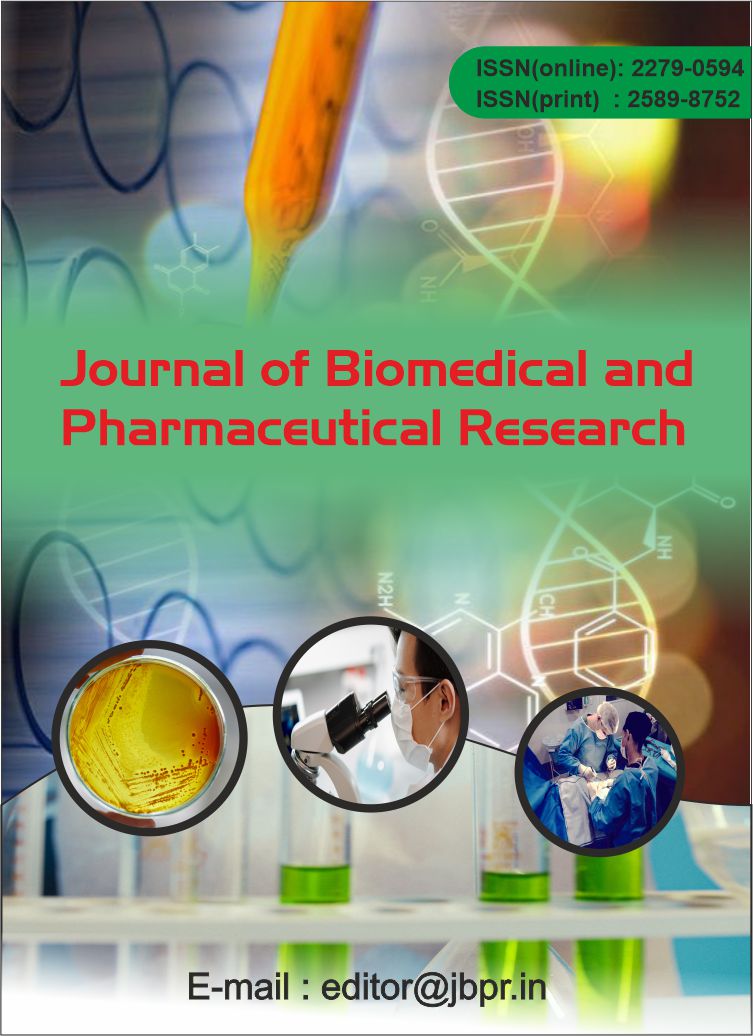PHOSPHODIESTERASE: WHAT IS IN AN ENZYME?
Abstract
Phosphodiesterases (PDEs) are hydrolytic enzymes that degrade intracellular cyclic nucleotides. By altering the concentration of these second messengers, PDEs tend to control cellular and subcellular functioning. PDEs are expressed ubiquitously, yet in a compartmentalized fashion, throughout the human body. PDEs aid for optimal co-ordination of cellular transduction by cross-linking diverse molecular pathways. Hence, PDEs act as ‘homeostasis regulators’ of numerous biological processes in health and disease. Erectile dysfunction, pulmonary arterial hypertension, congestive heart failure, intermittent claudication and chronic obstructive pulmonary disease are some of the disease states in which inhibitors of PDEs are utilized. This review focuses on the pathophysiological effects and therapeutic potentials of different PDE isozymes. Key words: Phosphodiesterases, phosphodiesterase types, phosphodiesterase inhibitors
![]() Journal of Biomedical and Pharmaceutical Research by Articles is licensed under a Creative Commons Attribution 4.0 International License.
Journal of Biomedical and Pharmaceutical Research by Articles is licensed under a Creative Commons Attribution 4.0 International License.





